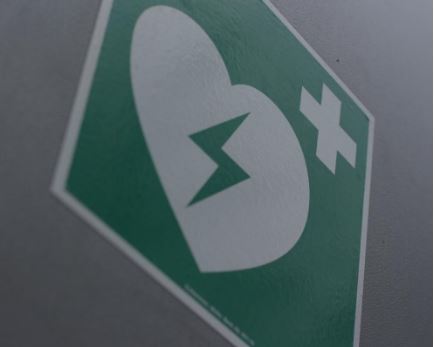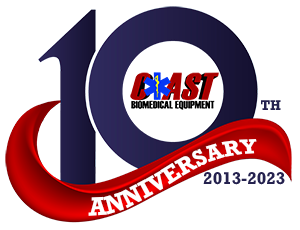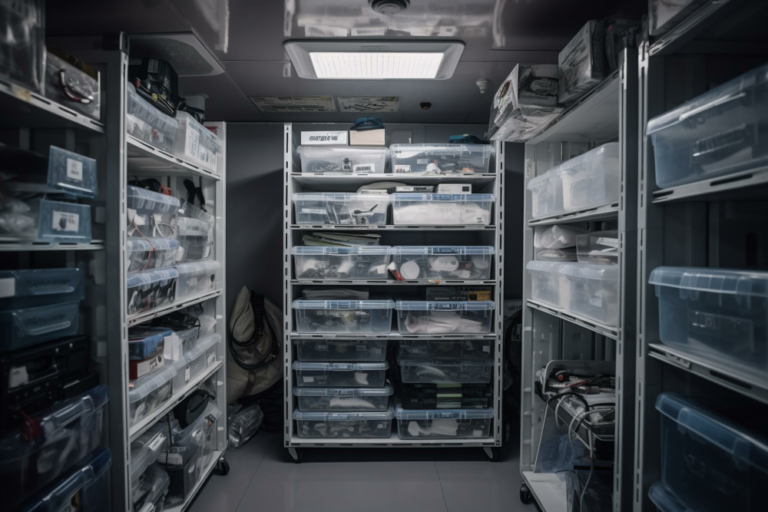
A Glossary of Defibrillator Terms
On average, 400,000 Americans suffer from sudden cardiac arrest (SCA) every year. The sad reality is that out of these 400,000, many don’t survive. This is either because help doesn’t arrive fast enough, or because when help does arrive there is no automated external defibrillator (AED) available. An AED is the only machine available to stop SCA from resulting in death. While CPR can help to keep the blood and oxygen flowing throughout the body, only the electrical shock sent by the AED can shock the victim’s heart out of ventricular fibrillation. In order for the shock from an AED to be effective, it must be administered within a three- to five-minute window. If not delivered within this time period, the chances for survival drop by ten percent for every minute that passes. After ten minutes, the chances for survival are essentially zero.
Because an AED can save a life, it is important to know about them, including how they work, where they’re located, and how to use the defibrillator accessories. Because SCA can strike anyone at any time, both young and old, it is important to be prepared. In most cases, SCA strikes with no warning. Because of this, we’ve compiled a list of common AED terms to help you educate yourself, so when SCA strikes you will know what to do.
Sudden Cardiac Arrest (SCA)
SCA is the sudden, unexpected loss of the heart function. As a result, there is a loss of effective blood flow throughout the body. SCA is usually caused by an electoral disturbance in the heart. If not treated by a defibrillator, SCA results in death.
Automated External Defibrillator (AED)
An AED is a life-saving device that is used to treat sudden cardiac arrest. One AED pad is placed on the victim’s chest, the other on their side. The device is then able to read the victim’s heart rhythm. If the AED is able to detect a heart rhythm that can be treated, it will then allow for a shock to be sent. This shock will enable the victim to regain a normal heart rhythm. Because AEDs are vital, they are commonly found in places where people gather.
Chain of Survival
When an individual suffers from SCA, there is a four-step treatment process that should be followed. This process was developed by The American Heart Association in 1990. When this process is implemented early in the SCA event, the chances for survival are dramatically improved. Since its development, this four-step process has become the standard of care for cardiac arrest victims. The four steps involved in this treatment process include:
- Early Access—Contacting 911
- Early CPR—Administering CPR
- Early Defibrillation—Apply an AED
- Early Advanced Care—Engaging Professional Responders
Good Samaritan Protection
When witnesses see an individual go into SCA, some may be wary to lend aid, due to being held liable. As a result, immunity protection has been established and provided by each state government, along with the federal government. This immunity is intended to encourage people to lend aid, as this protection prevent people from being held liable for any action or inaction.
Now that you know a little bit more about sudden cardiac arrest and how an automatic electronic defibrillator and defibrillator accessories can help to save a person’s life, you’ll be prepared if you witness an episode of SCA. You never know when you might be called upon to save a person’s life, which is why it is a good idea to have an idea of what you’ll need to do. Remember, the most important thing is that if you witness someone experiencing SCA, call 911 immediately.





